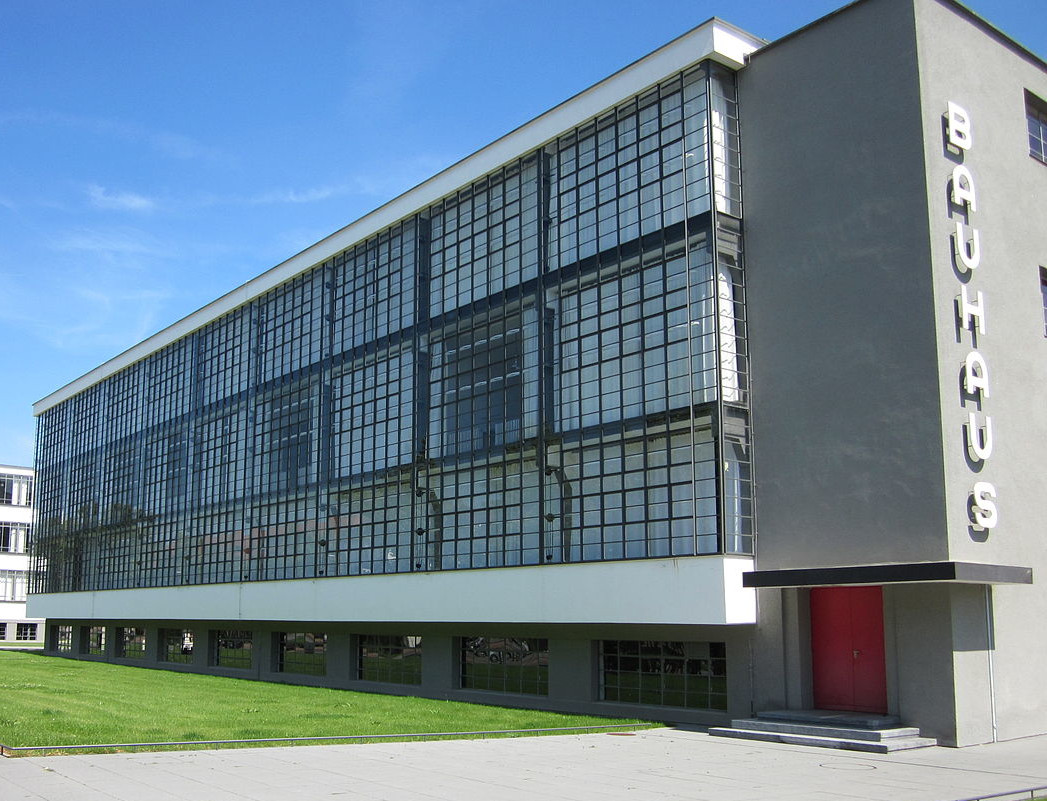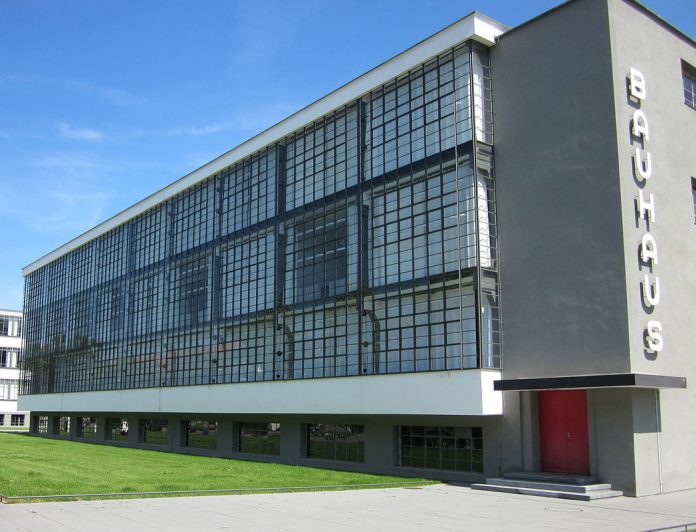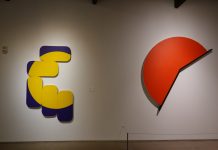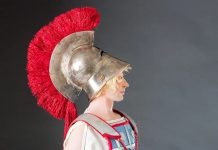Bauhaus, the art design school bookended by the end of World War I and the rise of Nazism, has cast a long shadow in the past century, but it is only recently that we have begun to understand all its facets.
As Univ. of Buffalo Professor Elizabeth Otto told a Tucson audience this week, its most neglected aspect is the role of women in the various projects the Bauhaus was involved in. While it is true most people enrolled in the Weaving classes were women, they were involved in every class including architecture and photography.
Speaking at the University of Arizona Museum of Art as part of the Tucson Humanities Festival (ongoing all this month), Otto said that books about the Bahaus typically fail to mention the role of women, who comprised 37% of its 1253 members. “The Bahaus has a problem with its history,” she said.
Otto related this avoidance to the way women are typically treated in the arts today. Museums claim to be inclusive, she said, but “acquisitions of art by women has held steady at 11% for the past decade.” She also mentioned a study done in England where computer-generated art was variously labelled with male and female names at an art exhibit. The viewers did not know humans were not the creators of the art. A survey of their appreciation of the art revealed the art falsely attributed to females were regarded as “less compelling” than the art labelled with male names!
While the Bahaus began in Weimar in 1919, it moved to a new building in 1925, in the city of Dessau. Fortunately this building still stands (see photo) and one can book an overnight stay there. Otto took advantage of this, “but I could hardly sleep I was so excited,” she enthused.
Otto has written or edited several books on the Bahaus. Her 2019 title is Haunted Bahaus which provides the first investigation of its irrational and unconventional currents, including its relationship to gay life and art.
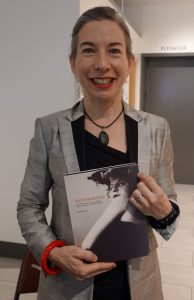
In her UA talk Otto concentrated on the work of four women whose work exhibited a ground-breaking perspective. The most expensive artifact created by a Bauhaus artist is a small “tea extract pot” by Marianne Brandt. In 2007 this 1924 object fetched $361,000 at auction, yet she is almost totally ignored in accounts of the Bauhaus.
Creating fashion was also within the remit of Bahaus women. Re Soupault “created dresses that could be transformed into 10 outfits,” Otto said. After spending 1921-23 at the Bauhaus, she went to Berlin where she encountered the film avant-garde. This led to her collaboration with the film-maker Viking Eggeling, who made Symphonic Diagonale (it’s on You Tube). Later she had a fashion studio in Paris, financed by an American millionaire.
Friedl Dicker was a student at the inception of the Bahaus in 1919. She was extremely adaptable and gifted,” explained Otto, “doing paintings, set design, book binding and puppetry. She made transformable designs for home interiors,” in one case allowing a homeowner to turn a living room into a bedroom for her guests. Dicker was taken to a prison camp by the Nazis, “where she taught 500 children using Bauhaus methods.” While she did not survive, 100 of her students did.
Gertrud Arndt followed more closely what was expected of women – she became a weaver. One of her rugs graced the office of Bauhaus founder Walter Gropius. Later she became a photographer, contributing material for her husband’s architecture books. Overall a fascinating lecture, and one that was complemented by an exhibit of works by Bauhaus artists currently on display at the UA Art Museum.
Many more figures are included in Otto’s excellent book, which is available from MIT Press and major booksellers.
Visit the website for more Humanities lectures in Tucson: https://humanitiesfestival.arizona.edu/
For more on the Bauhaus in Dessau, visit this site:
www.bauhaus-dessau.de/en/index.html
Photo credit: lead photo from Wikipedia
Photo of Dr. Otto with her latest book, by C. Cunningham
